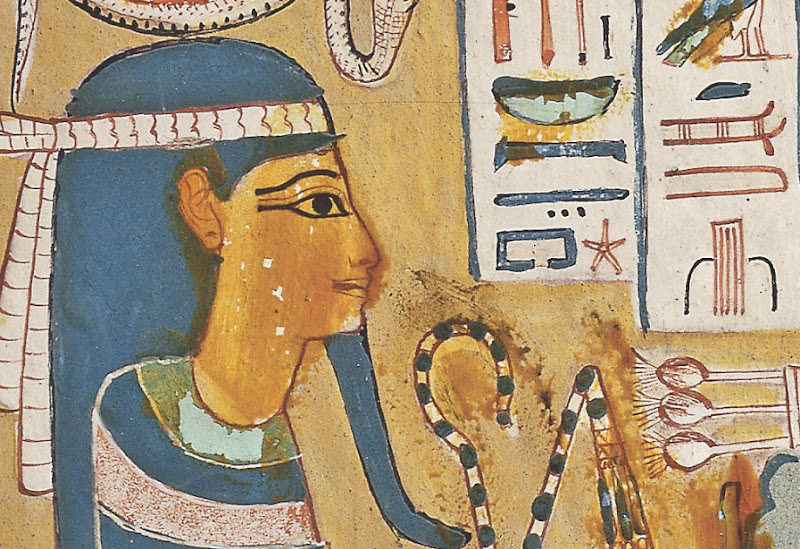Writing revolutionised the ancient world – for the first time people began to record their thoughts and store information for future generations to read and interpret thousands of years later.

The exhibition Writing for Eternity: Decoding Ancient Egypt explores the role of the scribe in Egyptian culture, the history of writing for the afterlife and how the Ancient Egyptians wrote letters, read poetry, negotiated business deals and documented their daily lives.
Artefacts on loan from the British Museum range for pieces of jewellery, scribe’s pens, and parchment, to stone tablets, and sculptures and span. Besides hieroglyphic scripts also Coptic, Greek, Arabic, Nubian, and cuneiform scripts will be represented.

It would be unthinkable even to try to sketch the history of writing without taking into consideration the wealth of written sources from ancient Egypt.
No other culture has yield such a rich variety of inscribed objects and nowhere else have they been so well preserved.

Egypt was a literate culture long before the idea of writing reached Europe. Moreover, a vast amount of written evidence from Ancient Egypt has survived in the dry conditions of North Africa, to be excavated by archaeologists and studied by Egyptologists in museums and universities.
Deciphering these scripts has allowed academics to start solving the mysteries of this ancient civilization.
Source: Tullie House Museum & Art Gallery [February 10, 2016]